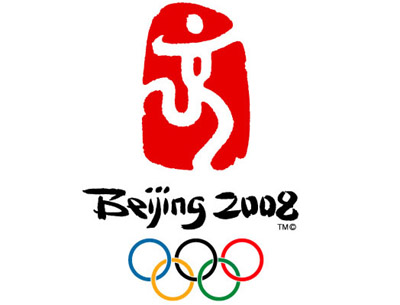A student came by my office the other day to talk about the CSU Today newspaper. He wasn’t too happy that the newspaper was missing, in his opinion, a key ingredient…namely paper. If you’re new to campus you should know that the newspaper published by the Mass Communication department has evolved over the years from a weekly newspaper (printed on real paper) to an online paper that is updated on a more timely basis. In addition to the online news website, the department publishes a supplemental quarterly magazine (on glossy paper) in which feature stories are published. 
This decision was made in response to two trends…1) increasing costs associated with printing and delivery of a traditional paper-based product, and 2), the movement by mainstream newspapers away from paper and towards electronic delivery. There will always be people who want to hold a “real” paper in their hands as they have their coffee each morning…but more and more that model is failing the sustainability test. Ink squirted on dead trees is a legacy medium that has greater environmental costs, greater production costs, a diminishing economic structure, and an aging user base. In short, the paper is dying.
Many of us who grew up reading a “paper” are sad to see this era come to an end…but the writing is on the wall, or perhaps I should say, the writing is on the screen.






 Has anyone every tried to sell you an energy drink as you strolled across campus? Or perhaps a classmate pitched the benefits of a particular brand of energy drink and its positive effects as you were waiting for your 8am class to start. No? Well perhaps you just weren’t AWARE that someone was trying to get you to buy something! Crazy talk, right? Well, what if I told you that I know a University student who earns a commission from an energy drink company, and that he carries an energy drink with him to all of his classes with a goal of “promoting” energy drink consumption on campus. Surprised? Just the visual cue provided by the unopened energy drink can sitting on someone’s desk might be enough to trigger an urge to purchase a can next time you’re near a vending machine. That, my friends, is called viral, word of mouth, or buzz marketing…and it IS a reality on this campus, and across the nation.
Has anyone every tried to sell you an energy drink as you strolled across campus? Or perhaps a classmate pitched the benefits of a particular brand of energy drink and its positive effects as you were waiting for your 8am class to start. No? Well perhaps you just weren’t AWARE that someone was trying to get you to buy something! Crazy talk, right? Well, what if I told you that I know a University student who earns a commission from an energy drink company, and that he carries an energy drink with him to all of his classes with a goal of “promoting” energy drink consumption on campus. Surprised? Just the visual cue provided by the unopened energy drink can sitting on someone’s desk might be enough to trigger an urge to purchase a can next time you’re near a vending machine. That, my friends, is called viral, word of mouth, or buzz marketing…and it IS a reality on this campus, and across the nation.